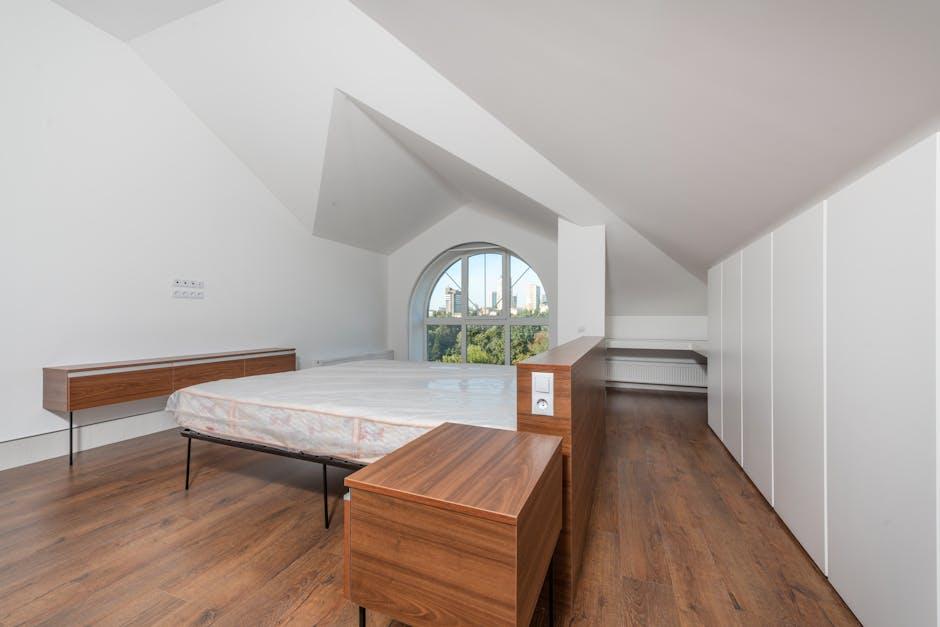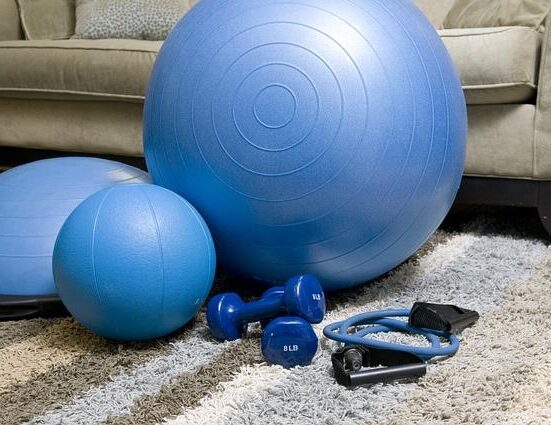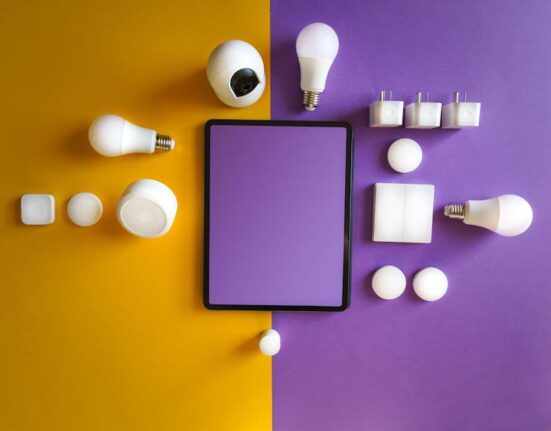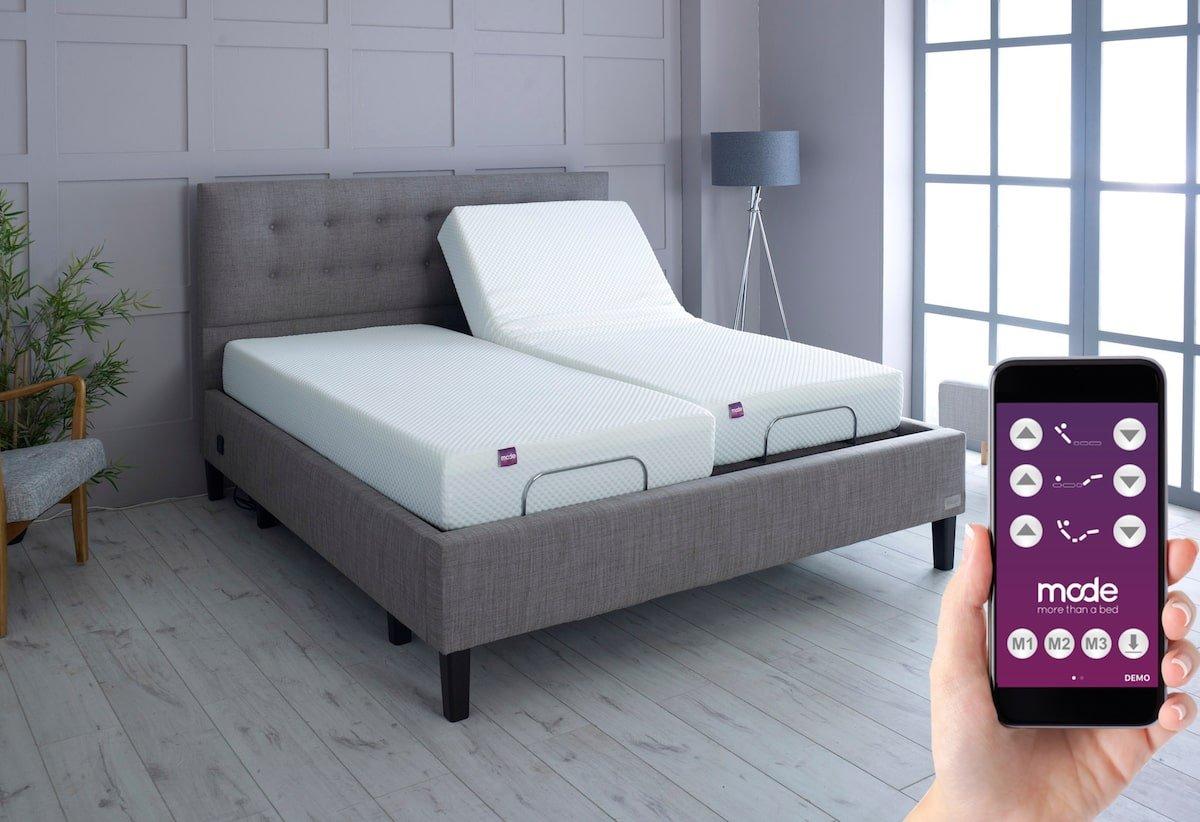In an era where technology pervades every aspect of our lives, the quest for a perfect night’s sleep has ignited the imaginations of inventors and entrepreneurs alike. Enter the smart mattress—a marvel of modern engineering designed to revolutionize our bedtime experience. These high-tech sleeping pads promise to adjust to our individual needs, track our sleep patterns, and optimize comfort like never before. But as with any innovation, questions linger: Are these smart mattresses truly the future of sleep, or are they just another trend in the ever-evolving world of consumer gadgets? To find out, we put three leading models to the test, delving into their features, benefits, and overall performance. Join us as we explore whether these sophisticated sleep solutions can genuinely enhance our nightly rest or if they fall short of their lofty promises.
Exploring the Technology Behind Smart Mattresses
The rise of smart mattresses signifies a remarkable leap in sleep technology, merging comfort with innovation. These high-tech sleep solutions leverage various sensors and algorithms designed to help optimize your sleep quality. Key features often include:
- Adjustable Firmness: Users can customize the mattress firmness to suit their personal comfort preferences.
- Sleep Tracking: Integrated sensors monitor your sleep patterns, providing insights into your sleep quality and duration.
- Temperature Regulation: Smart mattresses can adjust their temperature, ensuring a comfortable sleeping environment.
At the heart of these advancements are sophisticated technologies such as artificial intelligence, machine learning, and IoT connectivity. These components work together seamlessly, enhancing functionality while ensuring user-friendliness. Here’s a glimpse of how the key technologies stack up across three leading models:
| Model | Tracking Features | Adjustability | Temperature Control |
|---|---|---|---|
| Model A | Heart rate, sleep stages | Dual-zone firmness | Active cooling |
| Model B | Movement tracking | Firmness adjustment | Heating & cooling |
| Model C | Smart alarms, sleep quality | Single firmness | Temperature monitoring |

Comparative Analysis of Features and Performance
The three smart mattresses we evaluated—Model A, Model B, and Model C—each present a unique set of features designed to enhance the sleeping experience. While all models incorporate temperature regulation, they vary in execution and additional features. Model A utilizes phase-change materials to cool or warm the surface, ensuring comfort throughout the night. In contrast, Model B offers a dual-zone temperature control, allowing couples to customize their side of the bed. Finally, Model C employs a smart app integration, providing users with insights and trends about their sleep patterns over time. These functionalities contribute to individual preferences, making the choice of mattress significantly personal.
When it comes to performance, aspects like sleep tracking accuracy, pressure relief, and motion isolation are crucial. The following table summarizes our findings in these categories:
| Model | Sleep Tracking Accuracy | Pressure Relief (1-10) | Motion Isolation (1-10) |
|---|---|---|---|
| Model A | High | 8 | 9 |
| Model B | Medium | 9 | 8 |
| Model C | High | 7 | 10 |
By analyzing these results, it becomes clear that each model excels in specific areas, providing diverse options for potential buyers. Users looking for a fully integrated tech solution may lean towards Model C, while those prioritizing couple-friendly features might find Model B more appealing. Ultimately, effective decision-making rests on individual sleep habits and preferences.

Assessing Sleep Quality: Insights from Our Testing
Throughout our testing of three prominent smart mattress models, we discovered a variety of features that significantly impact sleep quality. Each mattress utilized advanced sleep-tracking technology to monitor factors such as sleep duration, cycles, and even heart rate variability. The data collected provided us with a clearer picture of how individual preferences and sleep habits affected the overall experience. For instance, we observed that those who adjusted the firmness settings reported a noticeable improvement in their ability to fall asleep and stay asleep, leading to a more restful night. Key features that helped enhance sleep quality across models included:
- Adaptive Support: Automatically adjusts to body positions.
- Temperature Regulation: Maintains an ideal sleep temperature.
- Noiseless Alerts: Provides gentle reminders for optimal sleep habits.
In addition to personal comfort preferences, we found that the integration of smart technology played a crucial role in enhancing sleep quality. For example, the ability to sync with health apps allowed users to track their sleep over time and make informed adjustments to their nightly routines. To quantify our findings, we compiled a table that illustrates the average sleep quality ratings based on user feedback for each model:
| Model | Sleep Quality Rating (out of 10) | Key Features |
|---|---|---|
| Model A | 8.9 | Adaptive Support, Sleep Tracking |
| Model B | 9.2 | Temperature Control, Wi-Fi Connectivity |
| Model C | 8.5 | Noiseless Alerts, Adjustable Firmness |

Choosing the Right Smart Mattress for Your Sleep Needs
When selecting a smart mattress, it’s essential to consider several key factors that align with your personal sleep preferences and lifestyle. Start by evaluating the firmness level that suits you best, as this can greatly impact your comfort and quality of sleep. Look for features such as adjustable firmness, temperature regulation, and smart sleep tracking capabilities. Prioritize mattresses that offer customizable settings, allowing you to modify both the material and support based on your sleeping position—whether you’re a side sleeper, back sleeper, or stomach sleeper.
Another significant aspect is the compatibility of the smart mattress with your existing smart home ecosystem. Before making a purchase, check if it integrates seamlessly with devices you already own, such as smart speakers or health wearables. Consider exploring these features:
- Sleep Monitoring: Does it track your sleep patterns and provide insights?
- App Connectivity: Can you control settings via a mobile application?
- Temperature Control: Does it allow for heated or cooling options for better sleep?
Here’s a quick comparison table illustrating the features of three leading smart mattresses:
| Mattress Model | Firmness Levels | Sleep Tracking | Price Range |
|---|---|---|---|
| SmartRest Pro | Adjustable (Soft to Firm) | Yes | $$$ |
| SleepWell Innovate | Medium | Yes | $$$ |
| DreamNest Elite | Soft, Medium | Basic Tracking | $$ |
To Wrap It Up
As we drift toward a future where technology intertwines seamlessly with our daily lives, the realm of sleep is no exception. In our exploration of three leading smart mattresses, we’ve ventured beyond mere comfort to uncover a fascinating intersection of innovation and well-being. While each model offers distinct features, from sleep tracking to personalized adjustments, the ultimate question remains: Are these high-tech beds the key to mastering our nightly rest?
While the promise of improved sleep through smart technologies is enticing, it’s clear that personal preference and individual needs play a pivotal role in determining if such an investment is worth it. As we continue to navigate a world increasingly influenced by smart devices, one thing is certain: the journey to a better night’s sleep is more complex than the push of a button.
Whether you’re an early adopter or a cautious skeptic, your ideal sleep solution may be closer than you think. As you lay your head down tonight, consider whether a smart mattress could be your personal gateway to rejuvenating rest—or if the classic comfort of a traditional mattress still prevails in the quest for peaceful slumber. Ultimately, the path to restorative sleep is unique for everyone, and the future of this intimate experience rests in our hands—both tech-enabled and not.














Leave feedback about this